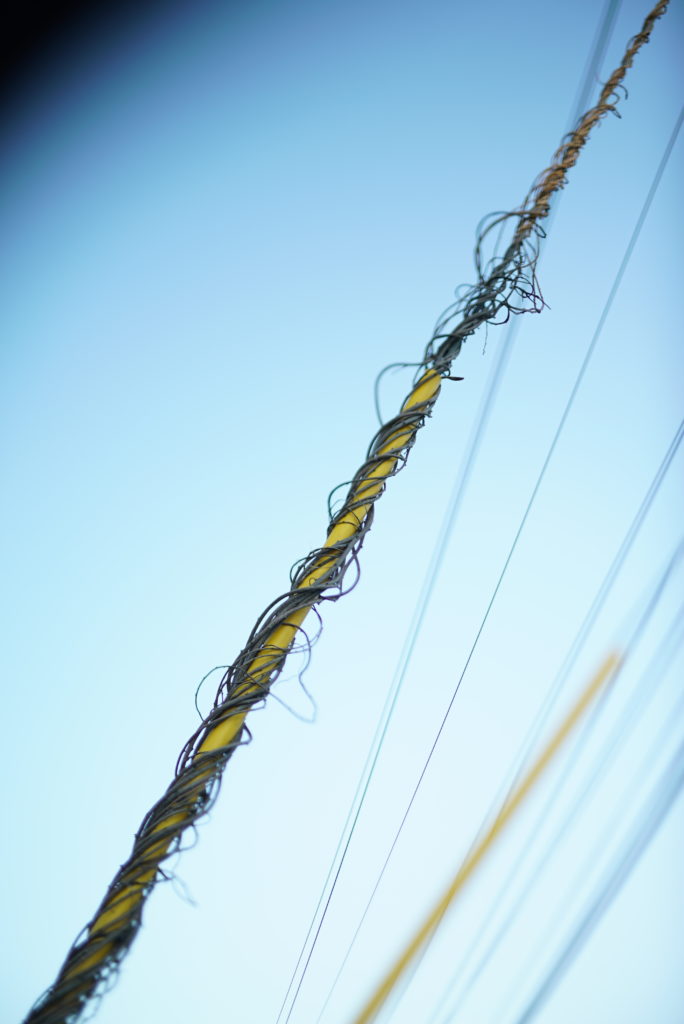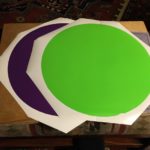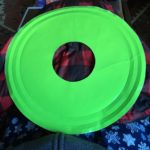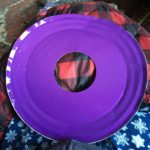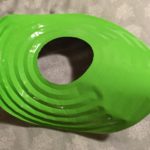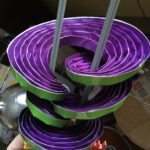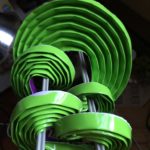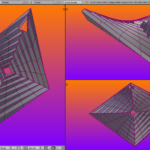Health Update: Day 142 Post-Transplant
It’s now been 142 days since the transplant on November 18th, looks like this is only the second time I’ve written about this since I came home in early December.
Around day 30 they did a chimerism test, to look at my white blood cells and see how many were from me and how many were from the donor, and it was good, indicating all donor. On day 102 they did a bone marrow biopsy and another chimerism test, and both had good results: no sign of leukemia cells, and again, all donor, no me.
So things have been going about as well as can be expected for all this. I’ve been gaining weight, though slowly, two steps forward one step back. They’ve been slowly reducing the amount of immunosuppressants I take and I should be off them completely in a few months, unless I get some of the more severe symptoms of graft-vs-host-disease. They also reduced my visits from weekly to every-other-weak recently, which is nice.
A few appointments ago the doctor told me I have very elevated levels of iron, maybe 10 times a normal amount, though he said it wasn’t cause for concern. He explained how our bodies hold onto iron pretty well because meat is difficult to get in nature, and with all the blood transfusions I had last year my body accumulated a lot of excess iron. So the solution apparently is to donate blood, except in my case they’ll have to throw the blood away, so it’s basically blood letting. So I immediately thought of that SNL sketch with Steve Martin as the medieval barber/doctor who uses bloodletting for everything — “Gilda, get the leeches!” (And according to that wikiepdia article this sketch was done a few times, which might explain why that quote I just used isn’t in the transcript I found. Or my memory might be wrong.)
So we haven’t started doing that yet but it’ll be once a month for a while until my iron is in a more normal range.
In general I’m feeling alright. I’ve been working on modeling jewelry again and am working to better organize how I share it here, I’m enjoying that a lot.
I’m trying to embed that SNL sketch below but it doesn’t seem to work, I can’t even get it to play when I go to the site, but here is a link if you’re interested. Or if you have Hulu apparently it’s on there too.
Edit: figures, now that I’m ready to post this the embedding seems to be working, thanks NBC!
<div itemprop=”video” itemscope itemtype=”http://schema.org/VideoObject”><iframe src=”http://player.theplatform.com/p/NnzsPC/widget/select/media/aEJolaH6yhWO” width=”480″ height=”270″ frameBorder=”0″ seamless=”seamless” allowFullScreen></iframe></div>
The Trimmed Progeny of a Small Stellated Dodecahedron
I think this started as a dodecahedron, then small stellated… this seems right though. Except maybe I should try to smooth out the remnants of the haircut.
- one side of the flatter dimension
Brief Thoughts on The Brain
So I’ve been thinking lately about some different ways to view the brain, and causality, and I think there is an unsettled question.
I recall reading about a study of London cab drivers that suggested the part of the brain that stores directions was proportionally bigger in the brains of cab drivers who had been working longer, and I think the natural conclusion was that like muscles being exercised becoming stronger and healthier, exercising the “directions” part of the brain made it bigger and stronger as well. Which would make a lot of sense. But there is an alternative explanation, which would be that some people are born with bigger “directions” parts of the brains, and those people naturally become more long-term cab drivers. This doesn’t fit quite as well if there is correlation between the length of time they’ve been a cab driver and the size of that brain part, because you’d expect to find young cab drivers with varying sizes, and the ones with the biggest being the ones you’d expect to last the longest. I’m not sure what the research found, I should probably be looking it up.
The reason I bring this up is that this second view tends to be how we view mental illnesses, as problems with the brain that cannot be reversed through “exercise”. I find this particularly concerning with diagnosing children with mental illnesses, as their brains are still developing and I think we don’t yet know enough to safely say a developing brain truly has a problem (in most instances), or if its merely a stage in the maturing process. I watched a documentary on medicating children for mental illness a few years ago on Netflix and was astounded by the fact that some children were diagnosed as young as five, put on drugs that affected their brain chemistry, and believed they could never function without them. I’m not saying that maybe isn’t true in some cases, but I think it would take some pretty hefty evidence to convince me.
I’ve also been thinking for quite a while now that if we truly understood mental illness, we’d be able to cure it reliably, which we cannot, and that’s an indicator we don’t yet understand the problem. PTSD for example is cured in some people, but it seems that most that suffer from it continue to suffer from it indefinitely, suggesting we don’t really know how to cure it. As opposed to traditional illnesses like bacterial infections or bone fractures.
Anyway, I’m not necessarily siding with one view or the other, just noting that there are two competing views on how the brain works, and while I want to lean towards the one, I think we still need more evidence to really know which. I suppose there is the possibility that both are true to varying degrees, but teasing apart the strength of each one would still be ahead of us as well. I guess just keeping in mind the fact that “practice makes perfect” is well established, and remembering that our brains are plastic and nothing is set in stone, are good things to know when dealing with mental illnesses.












